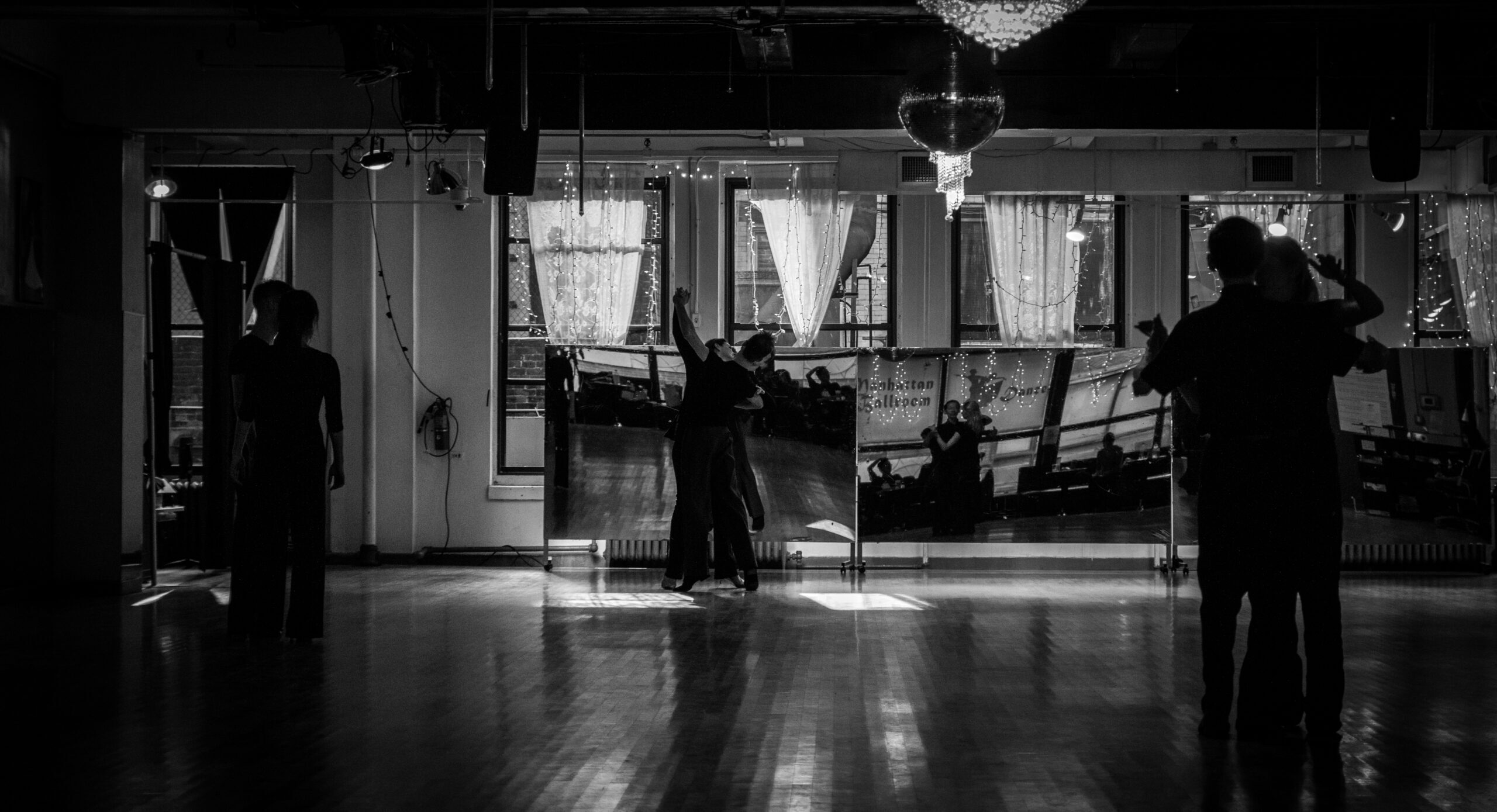
Chats Vol. 2: An Invitation to Write: Asian American Ballroom Dance Studies
I was copyediting page proofs of “Dancing in the Aftermath of Anti-Asian Violence” for Conversations Across the Field of Dance Studies when my father sent me a text message. It was the first day of lunar new year and there had been a mass shooting the night before at the Star Ballroom Dance Studio in Monterey Park, California. My father would spend the rest of the day monitoring his group chats waiting to hear if his dance teacher Mr. Ma had survived.
In the days that followed the tragedy, I was contacted by news reporters with questions asking why Asian Americans are attracted to ballroom dance. Some contacted me because I write about Asian American dance or maybe because I am Asian American and teach dance. Others contacted me because they read my tribute to the victims of the shooting posted on social media. Some wanted a quote about the historical origins of ballroom dance. Others wanted to know how I felt knowing my father had been in the area while a gunman was on the loose. This was not how I imagined Asian American dance would end up in the headlines of news outlets.
While the Asian American dance community at Star Ballroom Dance Studio was one that I was familiar with, I had never written about ballroom dance in my capacity as a dance scholar, so I tried to direct reporters to others who had. Between editing, fielding press inquiries, and preparing for the first day of class, I read everything I could find about Asian Americans and ballroom dance. There is not yet a book devoted to the topic, but the work of George Uba, Carolina San Juan, and Lucy Mae San Pablo Burns provided a foundation for mapping out the heterogeneity of Asian American ballroom dance practices. This pre-semester frenzy of work would end up on the syllabus for a class I was about to teach, and a student asked, “You’re winging it, aren’t you?” I chuckled in response for this is often how research happens—in snippets of time between classes, meetings, chores, and errands.
While the circumstances that prompted the idea for this volume of “Chats” emerged from violence, the volume itself represents a confluence of research, teaching, and public-facing writing. “An Invitation to Write: Asian American Ballroom Dance Studies” is envisioned as a space to spark further research on ballroom dance in Asia and the Asian diaspora. The tragedy in Monterey Park put a spotlight on one Asian American dance community, but ballroom dance in Asia and the Asian diaspora is practiced by a multitude who do not always share the same goals or reasons for dancing. My tribute to the dancers who lost their lives in Monterey Park is reprinted in this volume and joined by Arlene Yu and Crystal Song’s reflections on dancing, ballroom dance cultures, and the place of ballroom dance within dance studies.
Yutian Wong, 10 May 2023
About the Author
Yutian Wong is a professor in the School of Theatre & Dance at San Francisco State University. She is the author of Choreographing Asian America (Wesleyan, 2010), editor of Contemporary Directions in Asian American Dance (Wisconsin, 2016); co-editor with Jens Richard Giersdorf of the Routledge Dance Studies Reader, 3rd edition (Routledge, 2018); co-editor with SanSan Kwan of Dancing in the Aftermath of Anti-Asian Violence for Conversations Across the Field of Dance Studies (2023); and co-editor of Bangtan Remixed: The Critical BTS Reader (under contract Duke) with Patty Ahn, Michelle Cho, Vernadette Vicuña Gonzalez, Rani Neutill, and Mimi Thi Nguyen. @criticalbtsreader
Photo Credit: Hope Chang. Daily Practice at Manhattan Ballroom Dance, a popular studio that closed in 2018.
